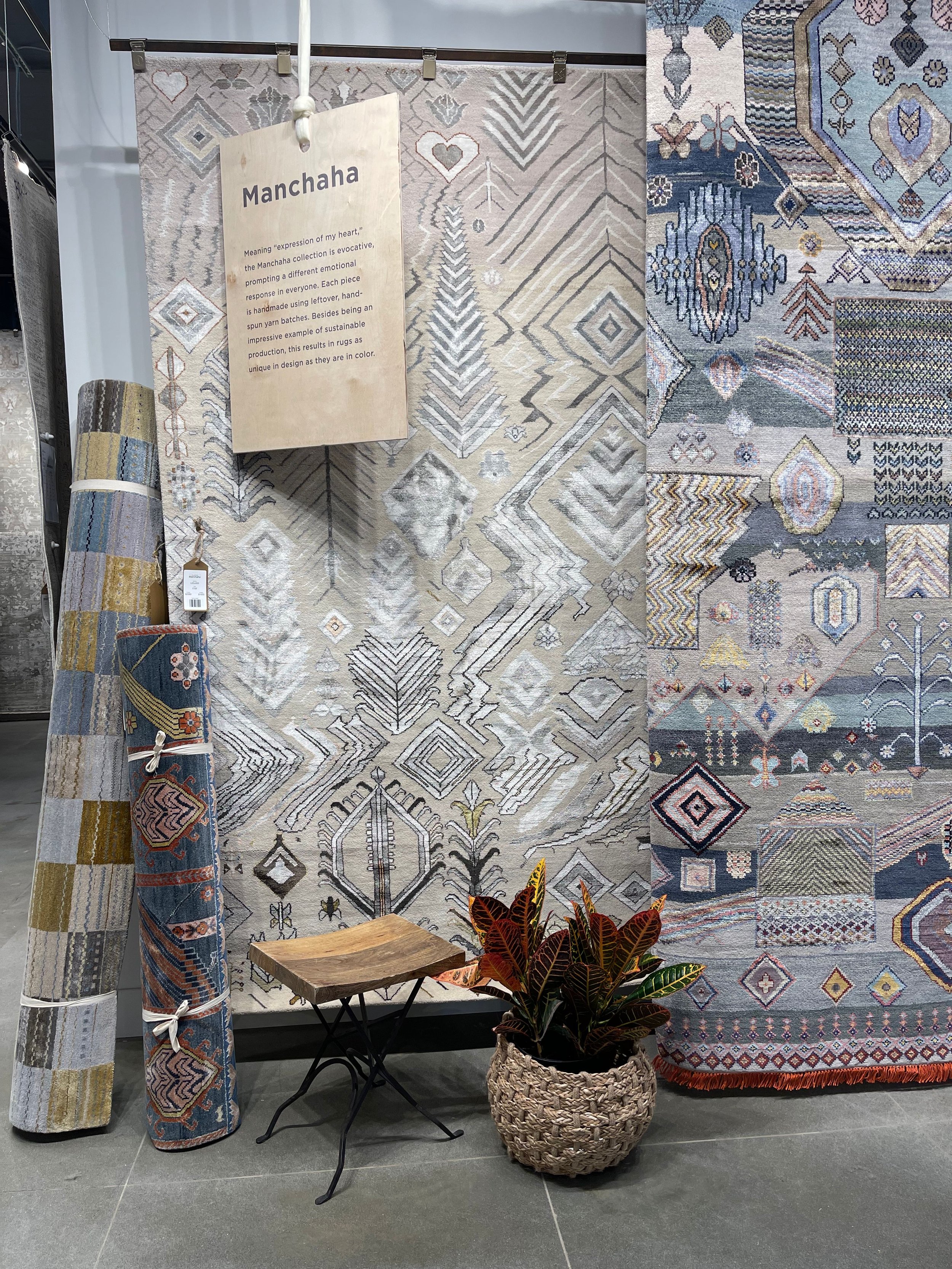Phrases like “social distancing”, “contact tracing”, and “flattening the curve” have been popularized in our cultural lexicon thanks to a couple of years of the pandemic. The interior design industry is no different as the phrase “fast furniture” has been coined as a somewhat derogatory term for what used to be known as mass-produced furnishings.
From products by Ikea and/or Wayfair to higher quality ready-to-ship pieces from Pottery Barn, Crate & Barrel, and Ethan Allen, homeowners and designers have been filling homes across the country with readily available pieces. This is understandable in some sense since not everyone can wait two to ten months for their new, designer furniture to be delivered.
In the middle of the work-from-home crisis, office furniture led the way in this trend, but ongoing supply chain issues have perpetuated this need for many homeowners.
The Good, Bad, and Ugly
According to an article from the New York Times, while design clients and DIY’ers have been largely satisfied with such solutions, many in the trade are worried that these easy-to-get products will have a short shelf life, resulting in clogged landfills over the next few years.
“The e-commerce furniture market alone was worth more than $27 billion in 2021, and [is] projected to reach more than $40 billion by 2030, according to a report from Next Move Strategy Consulting. Ikea is opening an average of [fifty] new locations per year; Amazon, the world’s largest retailer, now has two private-label furniture brands, the midcentury-modern Rivet, and the more farmhouse-chic Stone & Beam.”
While this is all well and good for the US economy, at least on a micro level, as sustainability expert and author Ashlee Piper is quoted as saying in the article, “It’s quite a big problem, both spatially and also because of the way a lot of fast furniture is made now, it’s not just wood and metal. The materials don’t biodegrade or break down … We’re creating this Leviathan problem at landfills with the furniture that we get rid of.”
To confuse the issue, even more, the article tosses us another positive aspect of fast furniture’s popularity: “For all of its flaws, fast furniture offers millions of homeowners the opportunity to live in a stylish home at an affordable price point. As young people contend with skyrocketing housing prices and economic anxiety, even those who would prefer to browse antique markets or shop for custom pieces simply don’t have the resources to do so.
The Sustainability Issue
Quick production schedules and fast turnaround times create issues with sustainability in the furniture industry. However, “Over the past decade, a number of sustainability-focused companies have entered the market in the hopes of presenting a solution,” the article explains.
Though “sustainability-focused companies [that] have entered the market” is a positive step, it begs the question of what established furnishing manufacturers may be doing.
For example, as the oldest manufacturer in the US as well as the industry leader, the Kravet family of brands has developed its Green Initiative, outlining a company-wide commitment to sustainable manufacturing solutions.
“The Kravet family of brands is dedicated to conducting business with a focus on providing a sustainable future. Our goal is to do our part in the worldwide effort to protect the planet with impactful initiatives. As a fifth-generation family business, we understand the importance of building a legacy built on reliability with a promise of a brighter tomorrow. These are the steps we are taking to secure that promise.”
And, of course, the creativity of design and quality of their products ensures a long shelf life in the homes and offices in which they are placed.
For alternatives to the fast furniture trend, and for more information on quality home-furnishing lines like Kravet and others we represent, simply… Contact TD Fall today.





